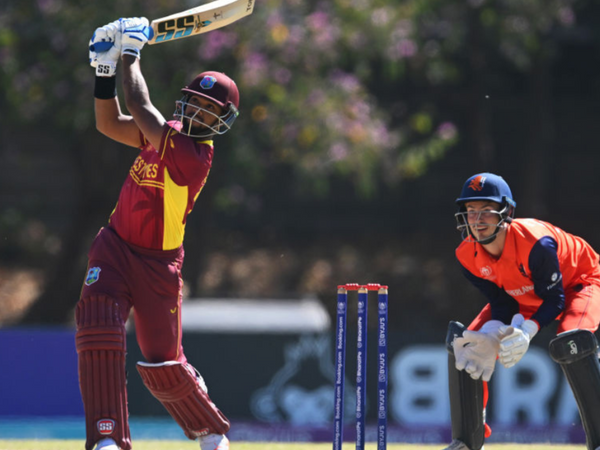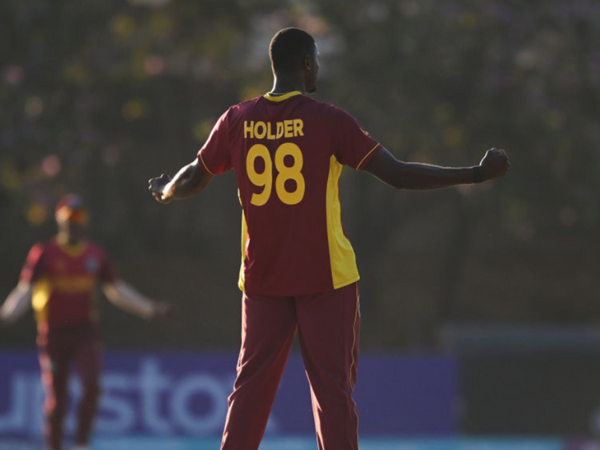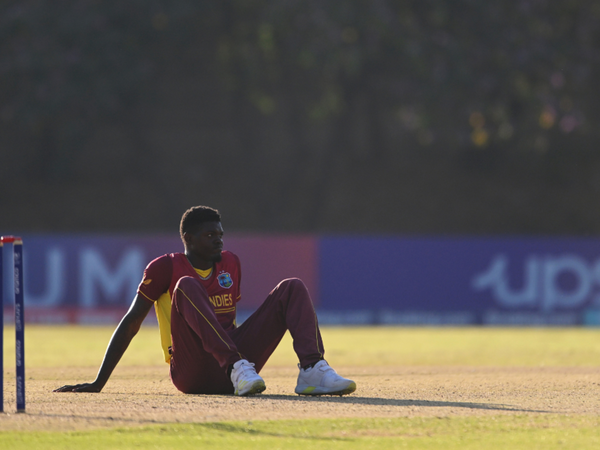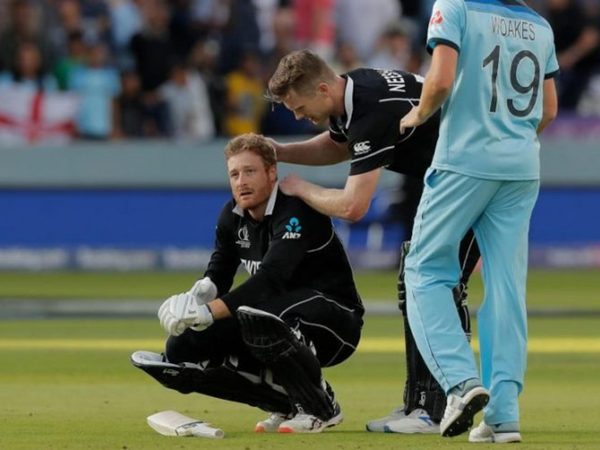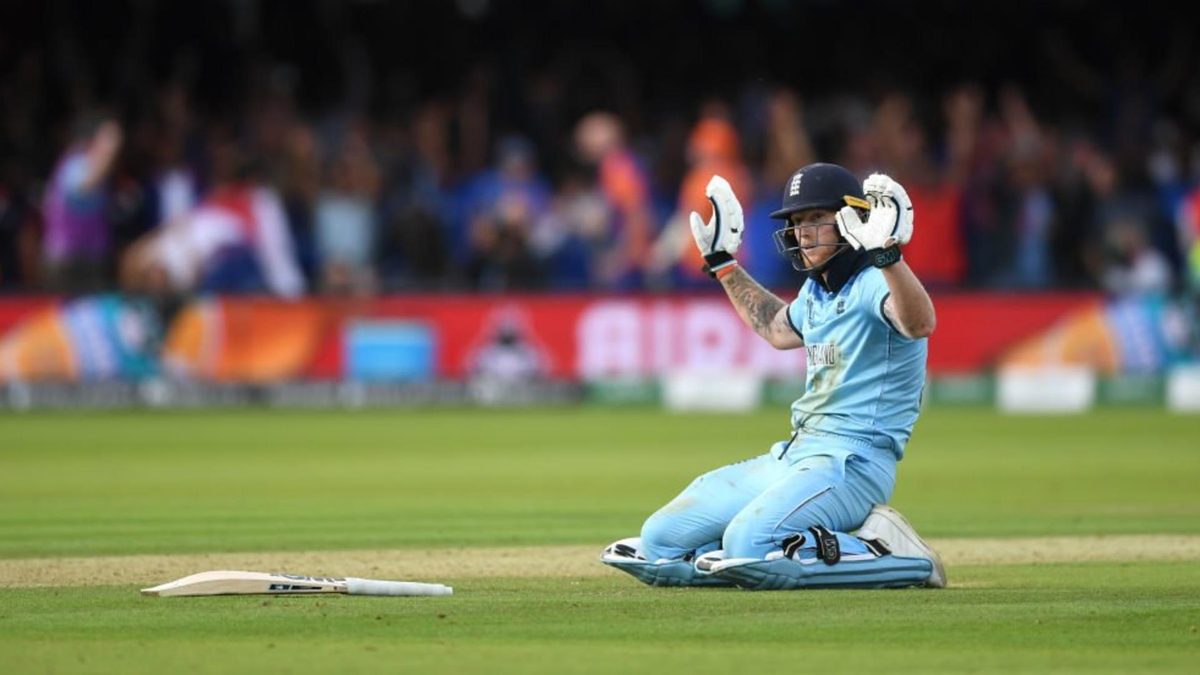
Kumar Dharmasena has admitted “judgmental error” in awarding England a game-changing six overthrows instead of five in the World Cup 2019 final.
When Martin Guptill’s throw from the deep deflected off Ben Stokes’ bat and ended up past the fence, England — at the time needing nine off three balls — were awarded six runs in all, four of them overthrows. However, given the batsmen hadn’t crossed at the “instant of the throw”, the law dictated that they should have been awarded five runs, which would have meant Adil Rashid being on strike.
As it turned out, Stokes faced the final two balls, levelled the scores and took the match to a Super Over. The scores were tied again at the end of perhaps the most dramatic match in the sport, but England won a maiden World Cup trophy on the basis of superior boundary count.
Having led his England side to victory in the #CWC19Final Ben Stokes has been nominated for New Zealander of the Year!
Read more ?https://t.co/YmEYvb9oC6
— Wisden (@WisdenCricket) July 19, 2019
The umpires came in for much slack thereafter, when it emerged that the extra run awarded was an oversight on their part. But Dharmasena, who awarded those runs after consulting square-leg umpire Marais Erasmus, has stood by his decision, despite admitting it was a mistake.
“I agree that there was a judgmental error when I see it on TV replays now,” Dharmasena told Sunday Times. “But we did not have the luxury of TV replays at the ground and I will never regret the decision I made. Besides, the ICC praised me for the decision I made at that time.”
Dharmasena suggested that, despite there being a TV umpire, the on-field umpires couldn’t consult them given “no dismissal was involved”. However, his conversation with Erasmus was heard by all umpires through the communication system in place, and though they weren’t allowed to check TV replays, they confirmed that the run was completed. “This is when I made my decision,” said Dharmasena, before insisting there were too many things to consider in real time.
The greatest game ever played.. https://t.co/Yk6xNi2sNm
— Eoin Morgan (@Eoin16) July 21, 2019
“One must understand that there were too many things on our plate. We had to watch the batsmen complete the first run, the ball being fielded, how it was handled by the fielder and whether the batsmen completed the second run,” he said.
“And where the throw would come from, the striker’s end or non-striker’s end. In this case, we were all happy that the batsmen had completed the second run because the ball ricocheted off Stokes’s bat at the time of him completing the second run.
“So, we assumed that they had crossed each other at the time of fielder releasing the ball. These are things that happen in a cricket field.”

